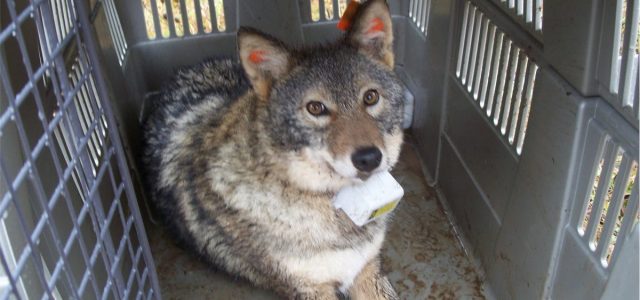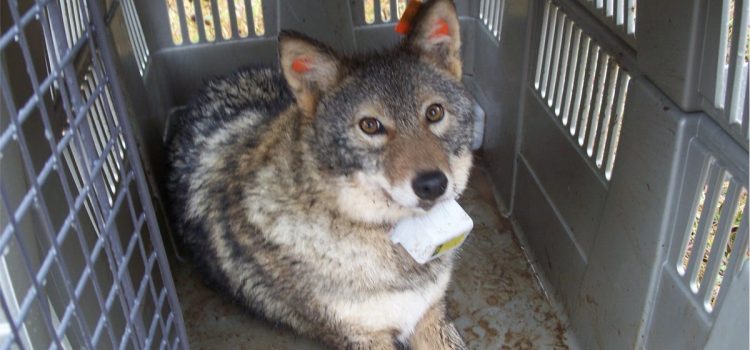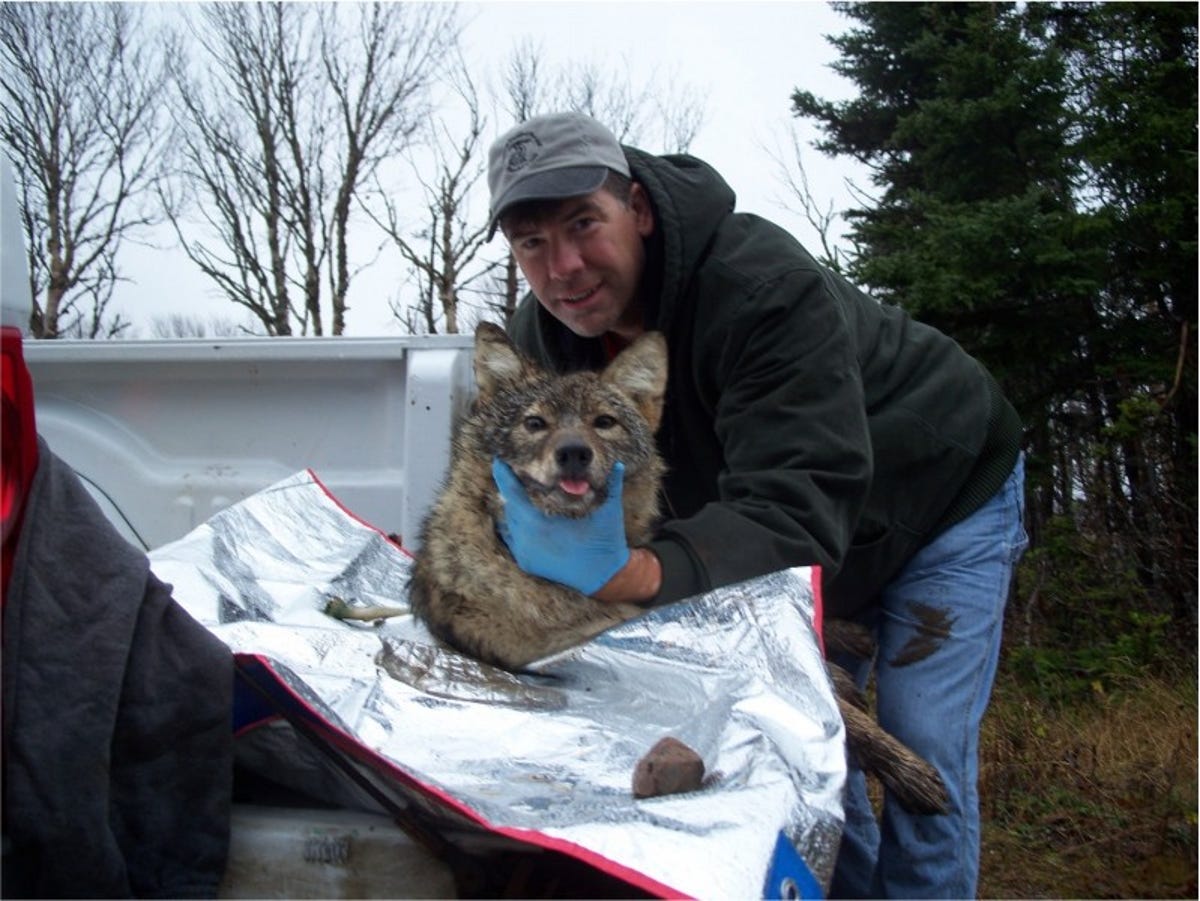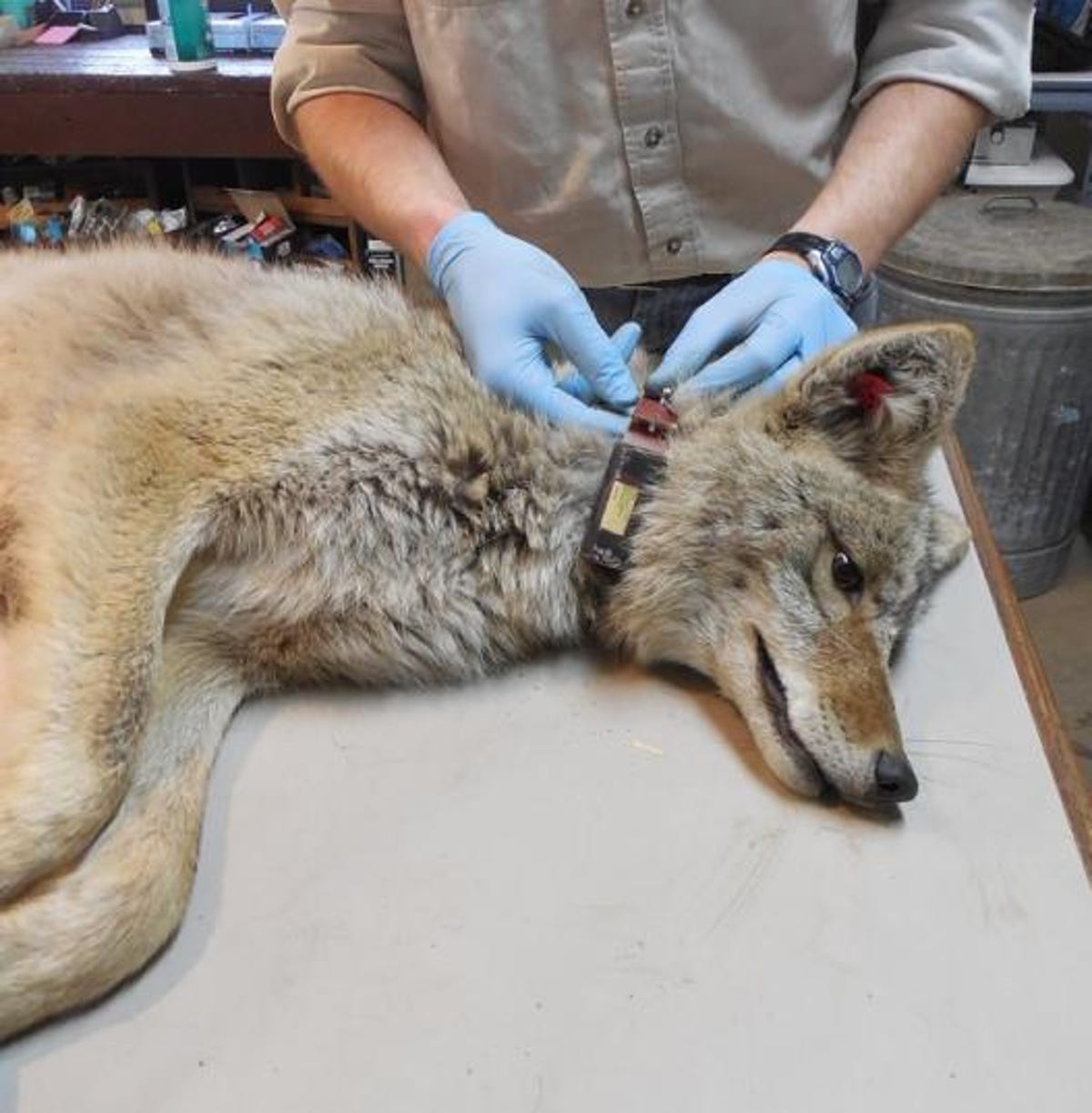


In 2009, 19-year-old folk singer Taylor Mitchell was attacked by a pack of coyotes while on a hike at the Cape Breton Highlands National Park in Canada. She was just about to start the popular Skyline Trail when climbers in the area saw the animals close- in, unprovoked.
Onlookers called 911, and Mitchell was airlifted to a hospital in Halifax, but 12 hours later, she died from her injuries.
This marked the very first documentation of a coyote attack in North America that resulted in a human adult fatality (in 1981, 3-year-old Kelly Keene was killed by a coyote on her family’s property), raising questions about whether it’s no longer safe to co-exist with these furry mammals.
“We didn’t have good answers,” Stan Gehrt, a professor in Ohio State’s School of Environment and Natural Resources and leader of the Urban Coyote Research Project, said in a statement.
But after conducting a multi-year investigation into the incident, Gehrt appears to have offered some insight into the situation at last.
According to a paper published last month in the Journal of Applied Ecology, he along with a crew of wildlife researchers found that coyotes in the region of Mitchell’s attack have adopted an unusual dietary change. Rather than rely on smaller mammals like rodents, birds and snakes for food, they seem to be hunting moose for their meals due to extreme climate conditions forcing the former to move away.
As such, the team believes it’s possible these coyotes learned to attack larger mammals, like humans, and are therefore more prone to killing people.
“We’re describing these animals expanding their niche to basically rely on moose. And we’re also taking a step forward and saying it’s not just scavenging that they were doing, but they were actually killing moose when they could. It’s hard for them to do that, but because they had very little if anything else to eat, that was their prey,” Gehrt said. “And that leads to conflicts with people that you wouldn’t normally see.”

Stan Gehrt with a captured coyote being tagged and fitted with a tracking device.
Stan Gehrt
Coyote forensics
Before and after the 2009 tragedy, Gehrt’s project noticed a few dozen less-severe human-coyote incidents in the park as well. He and colleagues even fitted them with what are basically GPS trackers so they could document the animals’ movements and better understand why they were behaving in such surprisingly vicious ways.
“We had been telling communities and cities that the relative risk that coyotes pose is pretty low, and even when you do have a conflict where a person is bitten, it’s pretty minor,” he said. “The fatality was tragic and completely off the charts. I was shocked by it — just absolutely shocked.”
To arrive at their conclusions — that coyotes in Cape Breton National Park were feasting on large moose – the team first collected whiskers of both the coyotes implicated in Mitchell’s death and those related to other more minor incidents between 2011 and 2013. They then collected fur from a wide range of potential coyote prey such as shrews, southern red-backed voles, snowshoe hare, moose and even humans — for humans, they gathered hair from local barber shops.
Seth Newsome, a professor of biology at the University of New Mexico and corresponding author of the study, performed an analysis of specific carbon and nitrogen isotopes within all the samples.
Eventually, Newsome confirmed that, on average, moose constituted between half and two-thirds of the animals’ diets, followed by snowshoe hare, small mammals and deer, according to the press release. Plus, the researchers analyzed coyote droppings, which confirmed the isotope findings further.

Here’s what it looks like to put on one of the GPS collar types, as done in this study.
Urban Coyote Research Project
Interestingly, they also only found a few examples of individuals having eaten human food, debunking any claims that coyotes’ attraction to human food might’ve been a factor in Mitchell’s attack.
“These coyotes are doing what coyotes do, which is, when their first or second choice of prey isn’t available, they’re going to explore and experiment and change their search range,” Gehrt said. “They’re adaptable, and that is the key to their success.”
From those movement devices, the team tested to see whether coyotes in the park were just familiar with people. However, patterns showed that the animals largely avoided areas of the park frequented by people. Instead, they preferred walking around at night.
“The lines of evidence suggest that this was a resource-poor area with really extreme environments that forced these very adaptable animals to expand their behavior,” Gehrt said. Or as the paper puts it, “our results suggest extreme unprovoked predatory attacks by coyotes on people are likely to be quite rare and associated with unique ecological characteristics.”
